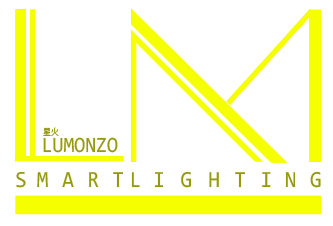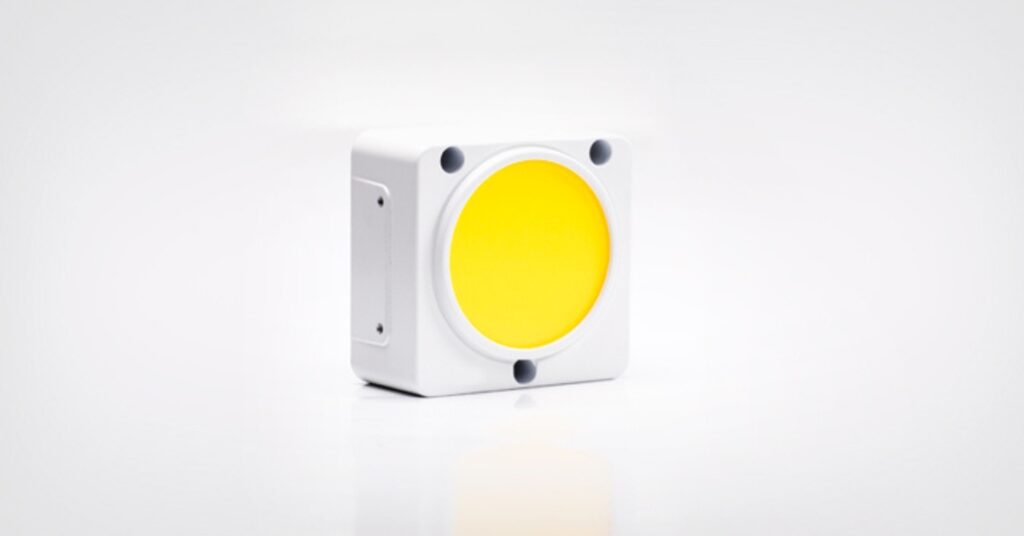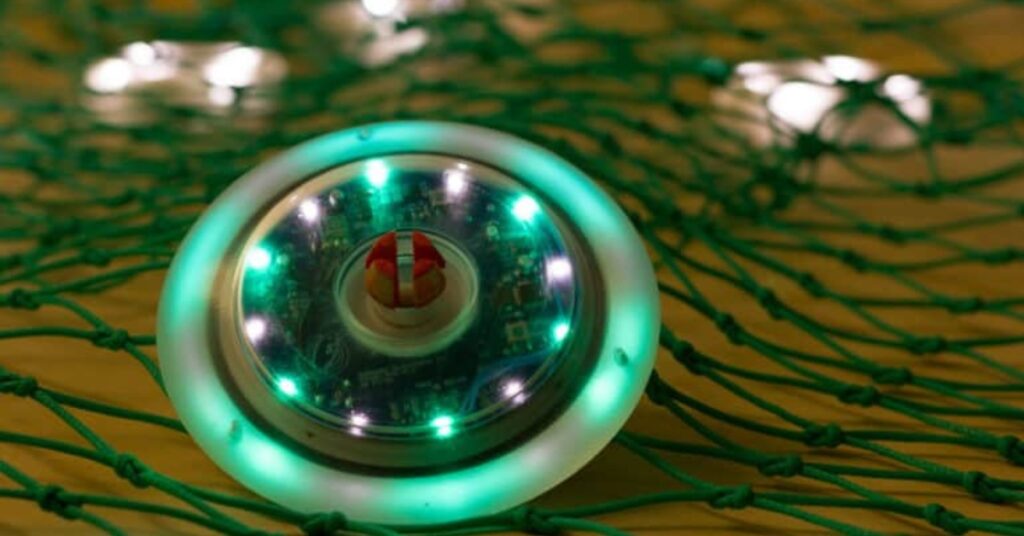Have you ever considered the impact of the small LED light source illuminating your room? LED technology, beyond its role in replacing incandescent bulbs, is revolutionizing lighting and paving the way for a sustainable future. This article delves into the world of LEDs, exploring their practical applications, such as LED Stadium Lights, unexpected uses, and potential to shape our future. Innovations in LED Technology Smart LED Lighting Innovative LED technology is now deeply integrated with the Internet of Things (IoT). Smart LEDs can be controlled remotely via smartphones or voice assistants, allowing users to adjust brightness colour and create lighting schedules. This not only enhances convenience but also contributes to energy savings. Adaptive lighting systems use sensors to adjust lighting based on occupancy, daylight availability, and other factors. These systems optimize energy use and enhance comfort by providing the right light when and where needed. Human-centric lighting (HCL) is designed to mimic natural light patterns, supporting human health and well-being. By adjusting colour temperature and intensity throughout the day, HCL can improve mood, productivity, and sleep quality. Advanced Applications LED technology has revolutionized horticulture by providing tailored light spectra that promote plant growth. These LEDs can be adjusted to deliver the optimal wavelengths for photosynthesis, leading to higher yields and better crop quality. The COVID-19 pandemic has accelerated the development and adoption of UV-C LED sterilization technology. UV-C LEDs can effectively kill bacteria and viruses, making them ideal for applications in healthcare, water purification, and air disinfection. Illuminating the Future of Homes LEDs are revolutionizing the way we illuminate our homes. Energy-efficient LED bulbs replace traditional incandescent bulbs, leading to significant energy savings. Innovative LED lighting solutions, such as under-cabinet lighting and recessed lights, allow for customized lighting plans that enhance the ambience and functionality of a space. LED light strips are also finding creative applications, creating decorative accents and highlighting architectural features. Transforming Cities and Workspaces The impact of innovative LED technology is evident in our cities and workplaces. LED streetlights promote energy-efficient illumination, enhancing safety and security. LED panels transform office spaces, providing bright, flicker-free light that improves productivity and reduces eye strain. Furthermore, LED technology is integrated into traffic signals and signage, enhancing visibility and communication. Advancing Agriculture Innovative LED technology is playing a pivotal role in agriculture and horticulture. LED grow lights are designed to provide the optimal light spectrum for plant growth. This allows for controlled environments that optimize crop yields and minimize reliance on natural sunlight. Benefits of Innovative LED Technology Energy Efficiency and Sustainability LEDs are known for their exceptional energy efficiency. They consume significantly less power than traditional incandescent and fluorescent bulbs, leading to substantial energy cost savings. Their longer lifespan means fewer replacements and less waste, making them a practical and sustainable choice. Environmental Impact LEDs contain no harmful substances like mercury, making them environmentally friendly. Their reduced energy consumption also means lower carbon footprints, contributing to global sustainability goals. Economic Advantages While the initial cost of LED lighting can be higher than traditional lighting, the long-term savings are substantial. Lower energy bills and reduced maintenance costs make LEDs cost-effective for residential and commercial applications. Many governments offer incentives and rebates for adopting energy-efficient technologies, including LEDs. These incentives can further reduce the upfront costs and accelerate the return on investment. The Future of LED Technology Emerging Trends Quantum dot LEDs, or QLEDs, are poised to be the next big thing in display technology. Compared to traditional LEDs, QLEDs offer higher brightness, better colour accuracy, and longer lifespans. They are already making waves in the television industry and are expect to expand into other applications, opening up a world of possibilitie for LED technology. MicroLEDs are another promising development. These tiny LEDs can create high-resolution displays with superior brightness and energy efficiency. They have potential applications in everything from wearable technology to large-scale displays. Innovations in Manufacturing Advancements in manufacturing processes are making LED technology more affordable and accessible. Techniques like 3D printing and new material developments are expect to lower production costs and enhanced performance. Sustainable Lighting Solutions The push for sustainability drives the development of even more energy-efficient and environmentally friendly LED solutions. Innovations such as biodegradable LED materials and zero-waste manufacturing processes are on the horizon, promising a greener future for lighting technology. FAQs What makes LED technology innovative? LED technology is innovative due to its energy efficiency, longevity, versatility, and integration with smart systems. Continuous advancements have led to more efficient, durable, and adaptable LEDs for various applications. How do smart LEDs save energy? Smart LEDs save energy by allowing users to control lighting remotely, set schedules, and use sensors to adjust lighting base on occupancy and daylight. This ensures that lights are only on when needed, reducing energy consumption. What are the benefits of human-centric lighting? Human-centric lighting mimics natural light patterns, which can improve mood, productivity, and sleep quality. By adjusting colour temperature and intensity throughout the day, HCL supports human health and well-being. How do UV-C LEDs work for sterilization? UV-C LEDs emit ultraviolet light at a wavelength that can kill bacteria and viruses. This makes them practical for sterilizing surfaces, water, and air, providing a powerful tool for infection control. What are the prospects for LED technology? The future of LED technology looks promising, with developments in quantum dot LEDs, micro LEDs, and sustainable manufacturing processes. These advancements will lead to more efficient, affordable, and environmentally friendly lighting solutions. Conclusion LED technology is not just a lighting solution, it’s a transformative force. From intelligent lighting systems to human-centric designs and advance applications in horticulture and sterilization, LEDs offer unparalleled energy efficiency, sustainability, and versatility. As research and development continue to push the boundaries, the future of LED technology promises even more exciting advancements, making it an essential part of our journey towards a brighter, greener future.






